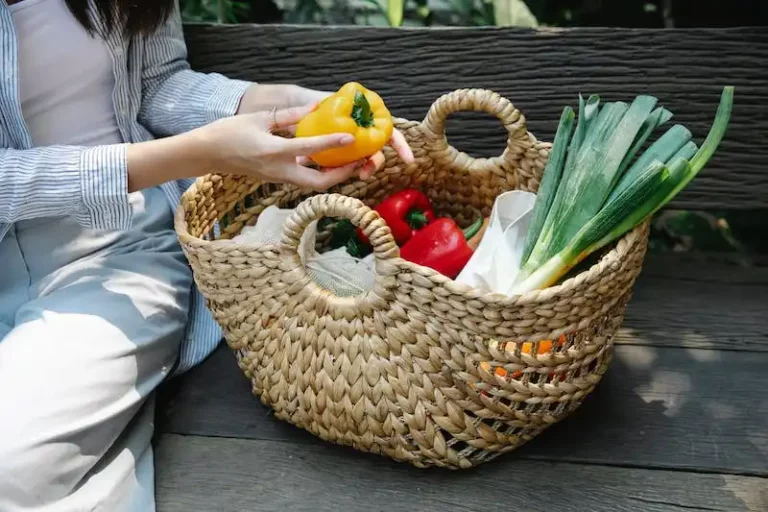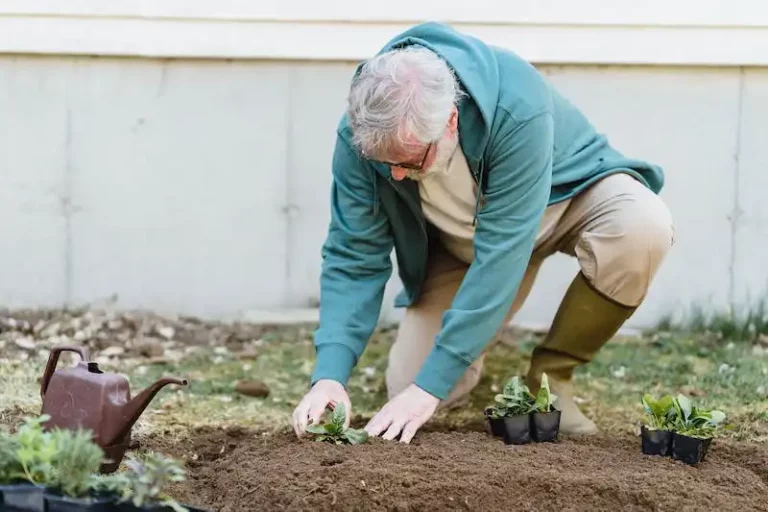If you’re a gardening enthusiast, chances are you’re familiar with the jade plant. This popular succulent, also known as Crassula ovata, is a member of the stonecrop family and is native to the warm and arid regions of South Africa’s Karoo. With its thick, green and rounded leaves, the jade plant is not only visually appealing but also surprisingly easy to care for. However, if left unpruned, the jade plant can become leggy and lose its compact and bushy shape. That’s why pruning is a must for those looking to promote denser leaf growth and achieve a more desirable form.
When it comes to pruning a jade plant, there are a few important tips to keep in mind. First and foremost, you must choose the right tools for the job. A sharp and clean pair of pruning shears or a knife is essential, as dull or dirty tools can cause damage to the plant. Additionally, it’s important to prune above a leaf node, as this is where new growth will emerge. When shaping the plant, be sure to remove any dead, diseased, or damaged branches, as well as any crossing or congested growth. This will not only improve the plant’s appearance but also help prevent the spread of diseases and pests.
Pruning should be done regularly but avoid excessive trimming, as this can lead to stress and affect the plant’s health. Remember that the jade plant grows slowly, so a little pruning can go a long way. Most experts recommend pruning in the spring or summer, when the plant is actively growing. However, if you notice any unwanted legginess or sparse growth, pruning can be done anytime to encourage new development. Keep in mind that pruning also offers an opportunity for propagation. The cuttings from the pruned branches can be rooted in water or soil to grow new jade plants.
Aside from shaping and promoting growth, pruning can also help maintain the size of your jade plant. Over time, these plants can outgrow their containers and become root-bound, which can negatively impact their overall health. By pruning the excess growth and repotting as needed, you can ensure that your jade plant has enough room for its roots to grow and absorb nutrients effectively.
Lastly, it’s important to note that while pruning is beneficial, overpruning can be detrimental. Be sure to strike a balance and avoid removing too much foliage at once, as this can weaken the plant and make it more susceptible to diseases and pests. Also, keep in mind that jade plants are sensitive to cold temperatures, so it’s best to avoid pruning during the winter season when the risk of frost damage is high.
By following these jade plant pruning tips, you’ll not only accomplish a more visually appealing plant but also promote healthier and more vigorous growth. So grab your pruning shears and get ready to transform your leggy jade plant into a beautiful and well-maintained specimen!
Jade Plant Crassula ovata
Jade Plant (Crassula ovata), also known as Money Tree or Lucky Plant, is a popular succulent that is native to South Africa. It is a versatile and easy-to-grow plant that can be grown both indoors and outdoors, making it a favorite among gardening enthusiasts.
When it comes to pruning a Jade Plant, there are a few important tips to keep in mind. First, you should prune the plant when it starts to look leggy or to improve its overall shape. Pruning in late spring or early summer is typically recommended. You should use clean and sharp pruning shears or scissors to make clean cuts. It is also important to avoid pruning during the winter months, as the plant is more likely to suffer from sunburn in its dormant state.
To prune a Jade Plant, start by removing any dead or damaged leaves or branches. This will not only improve the plant’s appearance, but it will also help prevent pest infestations. Next, you can lightly prune the plant to shape it. You can also prune back any long or leggy branches to encourage more compact and vigorous growth.
When pruning a Jade Plant, be sure to ask yourself what purpose you want the plant to serve. If you want it to grow tall and tree-like, you should leave the main stem intact and only prune the lower branches. If you want a more rounded and bushy plant, you can prune the main stem and allow it to sprout new growth from the base.
After pruning, you should also take the opportunity to check the plant for any signs of pests or diseases. Common pests that can affect Jade Plants include mealybugs, spider mites, and scale insects. If you notice any pests, you can treat them with insecticidal soap or another appropriate pesticide.
To improve the overall growth of your Jade Plant, you should also make sure that you are providing it with the right conditions. Jade Plants prefer bright, indirect sunlight and should be placed near a window where they can receive several hours of sunlight each day. They also prefer warm temperatures, so make sure to keep them away from drafty windows or doors.
In terms of watering, Jade Plants should be watered thoroughly when the top inch of soil is dry. It is important to avoid overwatering, as this can lead to root rot. It is always better to underwater your Jade Plant than to overwater it. During the winter months, you should reduce watering and allow the plant to go dormant.
If your Jade Plant has become root-bound, you should repot it into a larger container. This step is generally necessary every one to two years. When repotting, make sure to use a well-draining soil mix and choose a pot with drainage holes to prevent waterlogged roots.
In conclusion, pruning is an important part of maintaining a healthy and attractive Jade Plant. By following these tips and instructions, you can help improve the plant’s growth and shape, and avoid common problems. If you have any questions or need further assistance, don’t hesitate to ask a gardening professional or consult a plant care guide.
Ask Your Gardening Question
If you have a question about growing and shaping your Jade Plant, pruning it properly, or improving its growth, you’ve come to the right place! Whether you’re a beginner gardener or have years of experience, we’re here to help. Just follow these simple steps to ask your gardening question:
| Step 1: | Take a close-up photo of your Jade Plant, focusing on the specific area or issue you need help with. This will help us better understand your question. |
| Step 2: | Write a detailed description of the problem or topic you want to ask about. Be as specific as possible, including any symptoms, changes in growth or appearance, and the location where your plant is kept. |
| Step 3: | Email the photo and description to our gardening experts at gardeningquestions@example.com. Please include “Gardening Question” in the subject line. |
Once we receive your question, our experts will carefully review the information provided and get back to you as soon as possible with helpful instructions and advice. Common topics we can assist you with include how to prune an overgrown Jade Plant, proper watering techniques, dealing with pests and infestations, and how to propagate your plant for future growth.
Remember, pruning your Jade Plant is important for its overall health and development. Regular pruning can help maintain a desirable shape, remove any damaged or diseased parts, and encourage new growth. It’s best to prune your plant during its active growing months, such as spring or summer, to minimize the risk of frost damage. If you’re unsure where or how to prune, we recommend consulting our instructions or contacting us for guidance.
When pruning, make sure to use a clean and sharp knife or pruners to avoid causing further damage to your plant. If you’re looking to rejuvenate an overgrown Jade Plant, you can shorten the stems or choose to propagate new plants from the cuttings. Remember to provide your Jade Plant with well-drained soil, as too much moisture can lead to root rot. Also, avoid exposing your plant to direct sunlight for extended periods, as it can cause sunburn.
In summary, if you have a question about growing and improving the growth of your Jade Plant, feel free to ask us. We’re here to help you maintain a healthy and thriving plant!
Jade Plant Pruning Tips To Improve Growth
Jade plants, also known as Crassula, are popular houseplants in the family Crassulaceae. They are easy to grow and tolerate neglect, making them a favorite among plant enthusiasts. However, to ensure optimal growth and encourage a fuller, denser leaf arrangement, regular pruning is necessary.
Pruning plays a crucial role in maintaining the health and appearance of jade plants. By removing diseased or damaged parts of the plant, you can prevent the spread of any potential diseases and promote overall plant health. Additionally, pruning helps to control the size of the plant, which is especially important if you are growing it in containers.
When pruning your jade plant, it is essential to know when and how to do it properly. It is best to prune during the growing season, which is usually in spring and summer. During this time, the plant is actively growing, and pruning encourages new growth. However, if you notice any damaged or diseased stems, you can prune them at any time of the year to prevent further damage.
Before you start pruning, make sure you have the right tools. It is recommended to choose sharp pruning shears or a clean, sharp knife. This will help you make clean cuts and avoid damaging the plant further.
When pruning your jade plant, start by removing any dead or dying leaves. These can be easily plucked off with your fingers. Next, look for any stems that are crossing or rubbing against each other. These can be trimmed to prevent them from causing damage to each other.
If you want your jade plant to grow taller, you can also prune the top part of the plant. By cutting just above a leaf or a node, you encourage branching and new growth. The removed tip can be used to propagate a new plant if desired.
Jade plants tend to grow slowly, so you must avoid over-pruning. Removing too many leaves or stems at once can stress the plant and slow down growth. It is best to take it slow and prune in small increments, allowing the plant to adjust and heal properly.
After pruning, remember to keep your jade plant in a well-drained soil and water it regularly. Proper care, including regular pruning, will help your jade plant thrive and reach its full maturity.
In conclusion, pruning your jade plant is a simple but essential task to improve its growth. By removing diseased or damaged parts, you can prevent the spread of diseases and promote a healthier plant. Proper pruning also helps to control the size and shape of the plant and encourages new growth. With the right tools and taking it slow, you can easily prune your jade plant and enjoy its beautiful green foliage.




